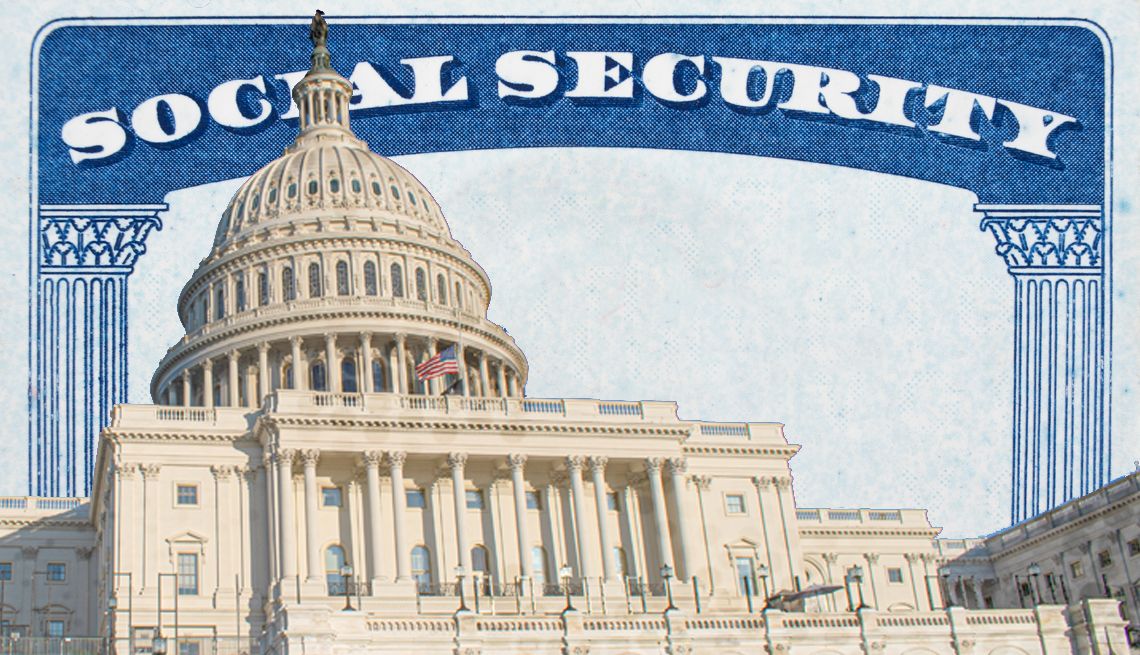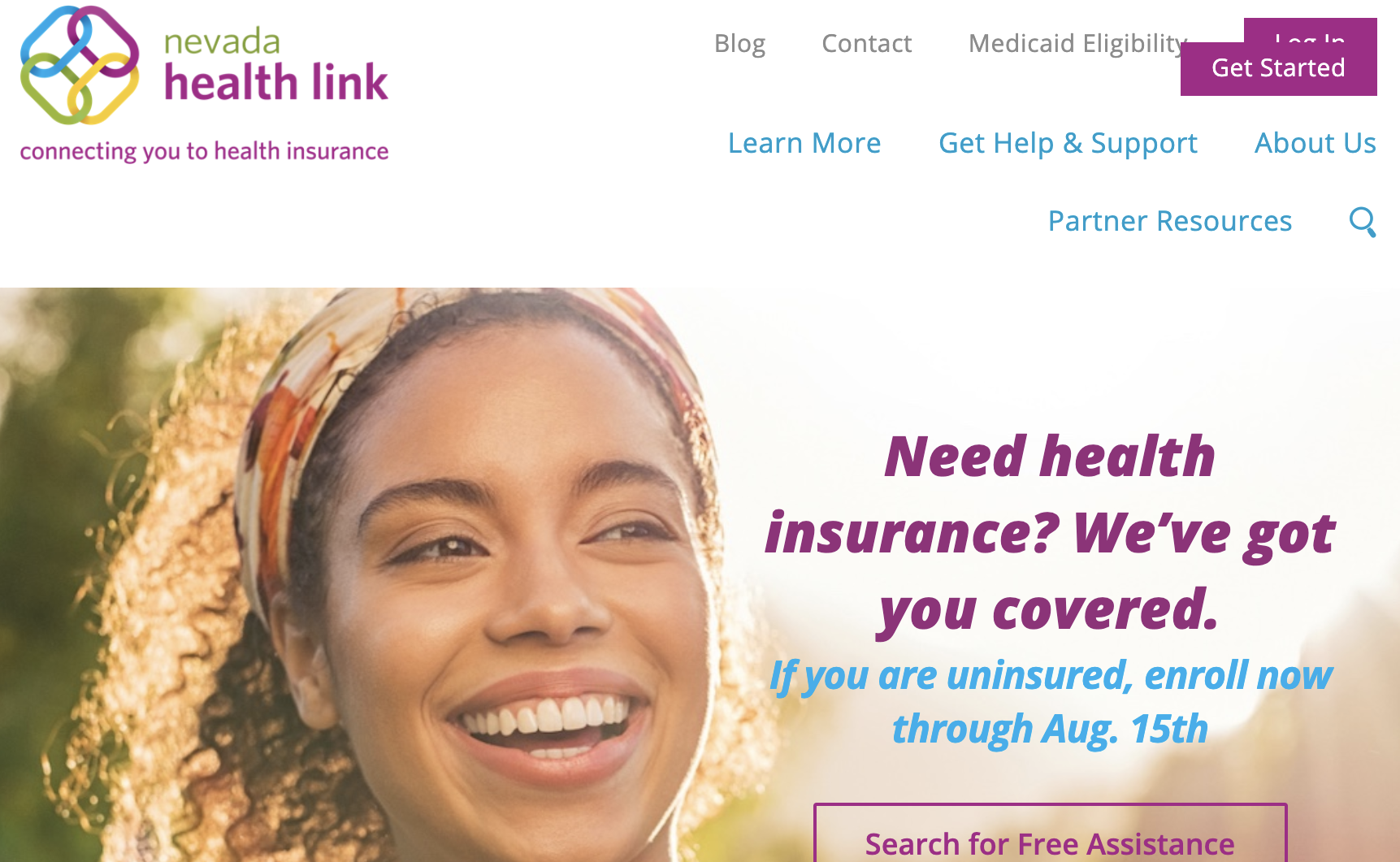AARP Eye Center
How to Sign Up for ACA Health Insurance in Nevada
En español | Most Nevada residents are eligible to buy health insurance through Nevada Health Link, Nevada’s Affordable Care Act (ACA) marketplace, during open enrollment, which begins Nov. 1, 2023, for 2024 health insurance coverage.
Residents who experience a qualifying life event, such as a marriage, divorce, the birth of a child, a move or lost health insurance, may be eligible to buy or change coverage under special enrollment, which operates outside the usual open enrollment period.
Most people enrolled in ACA marketplace plans have seen their premiums go down because the 2021 American Rescue Plan Act (ARPA) increased tax credits for insurance premiums and expanded the number of households that qualify for them. Every household that pays more than 8.5 percent of its income qualifies for federal tax credits to help afford health insurance. These enhanced subsidies are available through 2025.
Before the 2021 law, such tax credits were only available to people earning less than a certain salary ($54,360 for one person). Most Americans with a marketplace plan can save an average of about $800 per year, according to the federal government.
- Most Nevadans are eligible to buy health insurance through Nevada Health Link regardless of whether they are currently insured. Non-U.S. citizens with work or student visas and those who are incarcerated are not eligible.
- You may also qualify for Medicaid, which offers free or low-cost coverage to low-income people and families, to some residents of skilled nursing facilities, to people with certain disabilities and to qualifying immigrants. You can determine your eligibility online at the Nevada Division of Welfare and Supportive Services or by calling the department toll-free at 800-992-0900.
- Nevada Check Up is the state’s health insurance program for low-income children 0 to 18 years of age and pregnant women who are not covered by private insurance or Medicaid. Also known as CHIP (Child’s Health Insurance Program), it’s designed for families that earn too much money to qualify for Medicaid.
- Nevada Health Link’s open enrollment for 2023 health insurance coverage has ended. Open enrollment for 2024 coverage begins Nov. 1, 2023, and runs through Jan. 15, 2024.
- You can apply for coverage under special enrollment if you experience a qualifying life event. But you only have 60 days from such an event to enroll. Qualifying events include certain moves, births and adoptions, loss of employer-provided coverage, marriage, divorce and other special circumstances.
- You can also enroll at any time for Medicaid or for CHIP, the child health insurance program. Year-round enrollment is open to American Indians or members of an Alaskan Native tribe.
You apply for coverage and choose your plan at the same time. Make sure to pay your first premium directly to your insurance carrier. After your first payment, your carrier will bill you. To apply and enroll:
- Online: Go to the Nevada Health Link website, where you can compare plans and get help enrolling. You can also request assistance via email at CustomerServiceNVHL@exchange.nv.gov.
- By phone: Nevada Health Link’s call center can be reached Monday through Saturday, from 9 a.m. to 5 p.m., at 800-547-2927. Multi-language options are available. If you’re deaf or hard of hearing, dial 711 for TTY-enabled service.
- In person: “Assisters” are available at no cost to help you navigate the application and enrollment process, either in person or via Zoom for those concerned about exposure to COVID-19. You can request an in-person assister on the Nevada Health Link website or by phone at 800-547-2927. You can work with two types of assisters: an agent-broker or a certified enrollment counselor (a description of their roles is available on the Nevada Health Link website).
Coverage and cost depend on where you live, the type of plan you choose, your estimated household income, and the age and disability status of you and your family.
If you qualify for Medicaid, you will be able to get free or low-cost coverage and may not need to worry about premiums or copays, depending on your level of income.
All Nevada Health Link plans cover 10 “essential” benefits, including:
- Emergency services and hospitalization
- Pregnancy, maternity and newborn care
- Mental health services (including counseling)
- Chronic disease management
- Pediatric care
- Prescription drugs
Insurance companies cannot deny coverage because of preexisting conditions. When you apply, you can identify your medical needs and choose a plan that makes financial sense for you and your family.
All Nevada Health Link plans cover basic dental services for children, including cleanings and exams. But adults who want dental coverage must add it to their policy. Deductibles and out-of-pocket costs vary between plans; enrolling in a family plan can cut costs.
Every eligible household that pays insurance premiums that exceed 8.5 percent of annual income qualifies for federal tax credits for insurance premiums through 2025.
According to Megan O’Reilly, AARP vice president of government affairs for health and family, subsidy recipients ages 50 to 64 have seen average annual savings of more than $950.
Yes. If you qualify for a premium tax credit, you may also qualify for a cost-sharing reduction that would help you pay for out-of-pocket expenses such as deductibles and copays. You must enroll in a Silver-level plan to get this assistance.
Nevada Health Link plans are organized into four categories:
- Bronze plans have the lowest monthly premiums and the highest deductibles and copays, and they cover roughly 60 percent of care costs. They’re designed to help you in case of serious illness or injury.
- Silver plans have moderate monthly premiums, deductibles and copays. They cover 70 to 94 percent of care costs, depending on whether you qualify for a basic plan or an Enhanced Silver plan for lower-income households. They’re the only plans eligible for cost-sharing subsidies.
- Gold plans have higher monthly premiums and lower deductibles and copays, and they cover roughly 80 percent of care costs.
- Platinum plans have the highest monthly premiums and the lowest deductibles and copays. They cover roughly 90 percent of care costs. These are for people who have significant health care needs and are willing to pay the highest premiums.
- Catastrophic plans, designed to cover excessive bills due to a medical emergency, are available for applicants under 30. Catastrophic health insurance plans have low monthly premiums and very high deductibles.
Nevada Health Link’s comparison tool allows you to estimate costs and benefits of plans and to check whether you may qualify for financial assistance.
If you already have coverage through your employer or directly through an insurance provider but are eligible for lower premiums, you can switch to Nevada Health Link. But you may not qualify for tax credits if you opt out of your employer’s plan — unless those premiums exceed a certain portion of your household income. The premiums would need to be more than 9.12 percent of your household income for individual coverage.
If you lose your COBRA coverage, you may be able to sign up for a Nevada Health Link plan during a 60-day special enrollment window. Try to apply and select your plan through Nevada Health Link before your COBRA coverage ends to make sure there's no gap in coverage.
If you already have a marketplace plan and want to adjust your coverage, you’ll need to wait until the next open enrollment period, unless you experience a qualifying life event.
That depends. Major insurance providers, including Health Plan of Nevada, Silver Summit Health Plan and Anthem, offer Nevada Health Link plans, but not all doctors accept them. The insurance company websites provide links, so you can search to see if your doctor is within the network. Or talk with your physician’s office directly to see whether the practice will accept a particular marketplace plan.
It depends. You can enroll as a family. But in some cases, some family members may also be eligible for subsidies or other programs, depending on age, income and disability, or caregiver status. Such families may choose to enroll as “mixed-program families” and still be able to see the same doctor or go to the same medical practice, depending on the types of insurance plans accepted.
This guide was updated on Jan. 18, 2023, with information about Nevada’s open enrollment period.
















)


















.jpg?crop=true&anchor=13,195&q=80&color=ffffffff&u=lywnjt&w=2008&h=1154)






























